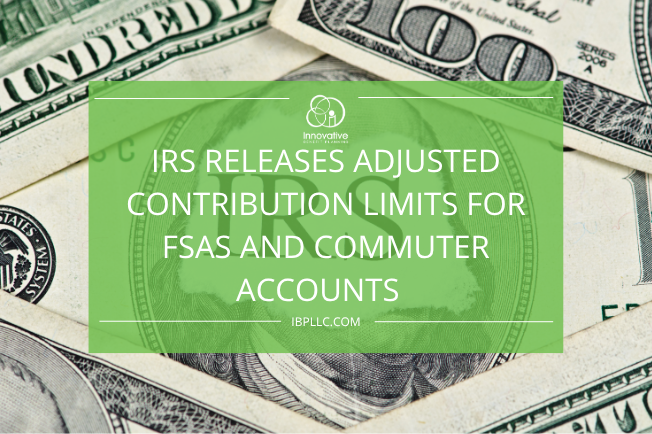
What the Horizon $100M Settlement can Teach us about Due Diligence, Oversight, and Fiduciary Responsibility
What the Horizon $100M Settlement can Teach us about Due Diligence, Oversight, and Fiduciary Responsibility Every so often, something happens...
Read More



















